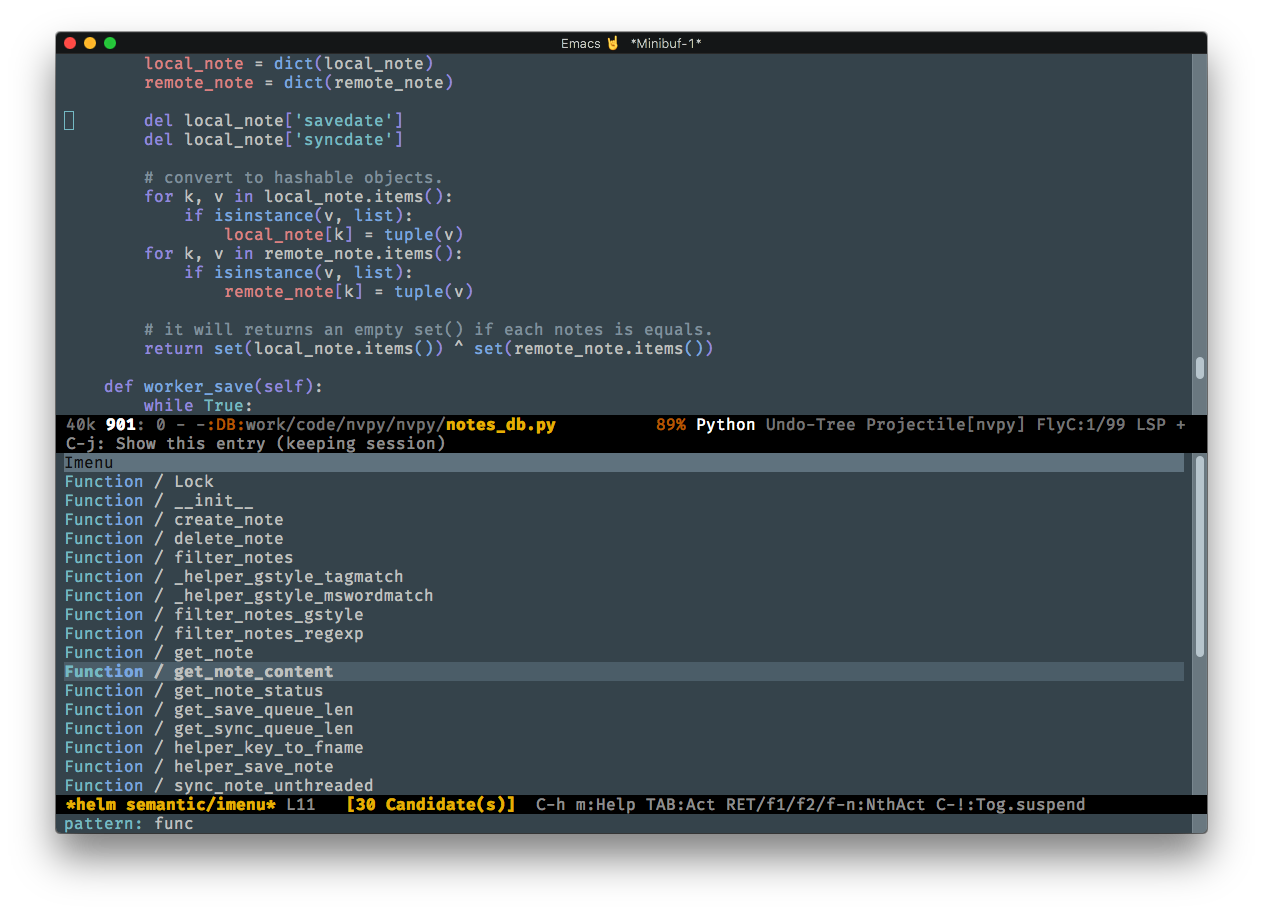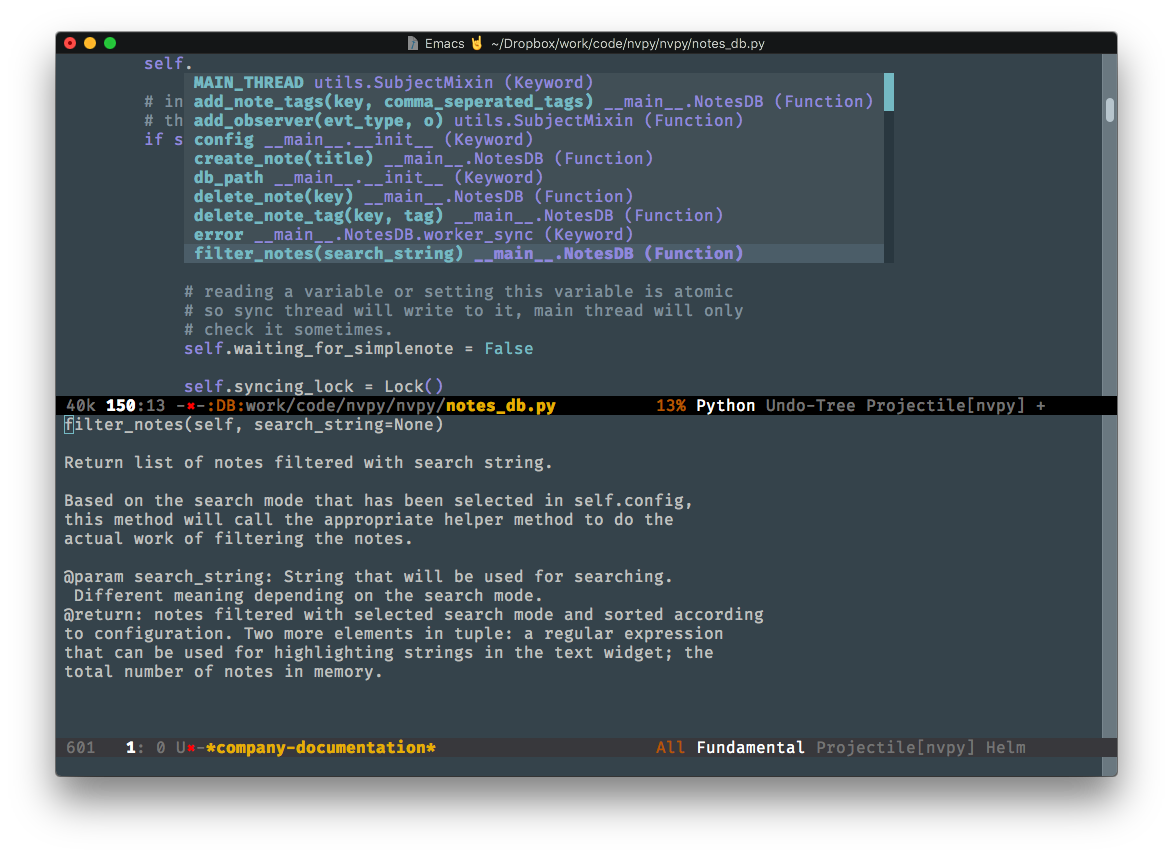

Originally Emacs was text-only and XEmacs used Xwindows graphics. There are actually two versions of Emacs available, and each can run in two different modes. If you find you need to learn more, Emacs has a comprehensive online help facility where you can get more information. A GNU Emacs Reference Card is attached to the end of this article which lists many of the most frequently used Emacs commands along with a short description of what each command does. This article serves only as an introduction, helping you get started using Emacs. Emacs is installed on Winstat, Linstat, and the lab PCs in Social Science 32.Įmacs has too many specialized commands and features to cover completely here. Thanks for asking a great question! Thanks to for inspiring this answer.Emacs is a very popular and extremely powerful text editor. If your filtered results contain multiple lines use the up arrow or down arrow keys to highlight the filename you want. Let's imagine that you wanted to filter the list of files to names containing the letter e instead. Press RET key and the highlighted filename will open. Note: should be highlighted in this example. Type isl and the *helm find files* should dynamically narrow search results to display isl In addition, helm will open new *helm find files* buffer containing a list of files in the current directory. The minibuffer will display Find files or url: prompt with the current directory path.

#Find in emacs install#
Important: The helm package will need to be installed into emacs for this answer.įor Spacemacs use these instructions to install the helm layer.Īfter you have installed helm, please continue with answer. Use helm-find-files to dynamically narrow search results while typing. The difference between ido, counsel and helm is a matter of personal preference, they're all very good at what they do. However, I found it was a bit too much for my needs, and now prefer counsel-find-file, which I think of as helm-light. I don't think there's any reason to prefer find-file, ido-find-file is better in my opinion. I started with find-file, and moved to ido-find-file.

All I want is an effective way to find a file based on my (partial and not necessarily using the beginning part of the filename) keyboard input. But it's OK if I can't reproduce it exactly in Emacs right now. It placed most opened files at the top of the list, updating the order dynamically. It was incredibly quick, useful and powerful.
#Find in emacs code#
In VS Code I used to launch CMD+P (macOS) or CTRL+P (Win) to open a Spotlight-like file search. I'd like to open a specific directory (like /OrgMode) like a "workspace" and then be able to launch a command to find a file in the directory itself.
#Find in emacs how to#
I'm learning new features everyday but there's one thing from VS Code that I really miss and I can't think how to reproduce it in Emacs: I find it incredibly better than my previous (simple but effective) setup based on markdown files and VS Code editor. I switched to Org Mode and Emacs few weeks ago.


 0 kommentar(er)
0 kommentar(er)
